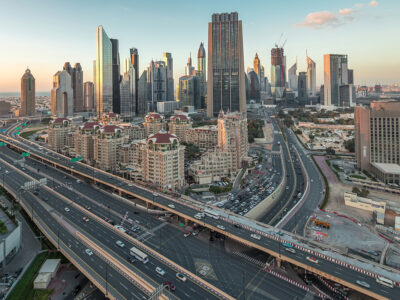Apartment prices in Dubai’s Burj Khalifa, the world’s tallest tower, have fallen by 25 percent over the past 12 months, according to a report.
In its latest market outlook, Cluttons said prices in Burj Khalifa tower declined by 6.9 percent, the highest drop in 12 of the 32 submarkets that the consultancy monitors.
Though the report did not reveal any data on the prices, current market listings range from $681,198 (AED2.5 million) to $1.63m (AED6m) for a one- to two-bedroom unit.
Prices of Hattan villas at The Lakes fell by 13.5 percent, Hattan villas at Arabian Ranches declined by 12.6 percent, villas on the Palm Jumeirah sank by 12.3 percent while apartments on the Palm came down by 11 percent, completing the list of the five weakest performing areas over the last 12 months.
In fact, these submarkets, particularly the villa sectors, are amongst the most expensive in Dubai with their underperformance reflects the focus of buyers on areas perceived to offer the “greatest value for money”, the consultancy said.
Cluttons cited aversion to luxury homes due to affordability issues and uncertainty surrounding the health of the global economy, which includes Britain’s decision to leave the European Union, persistent weakness in oil prices and the unknown impact of US President Donald Trump’s policies.
According to the report, the market reported the “weakest capital value” growth in five years in 2016, with values sliding 8.8 percent compared to the consultancy’s original forecast of close to 10 percent. The last time values declined by a similar magnitude of seven percent were reported in 2011.
Average capital values fell by 1.9 percent in fourth quarter 2016, as the weakness persisted the first quarter 2017. Though the magnitude of corrections have slowed down, average residential values now stand at over $354.22 (AED1,300) per square feet, 28.7 percent below the third quarter 2008.
Overall, villa values fell by 6.8 percent in the 12 months, while apartment prices dipped by 0.9 percent in the first quarter 2017, leaving the segments nearly 8.5 percent below than the same time last year, Cluttons added.








